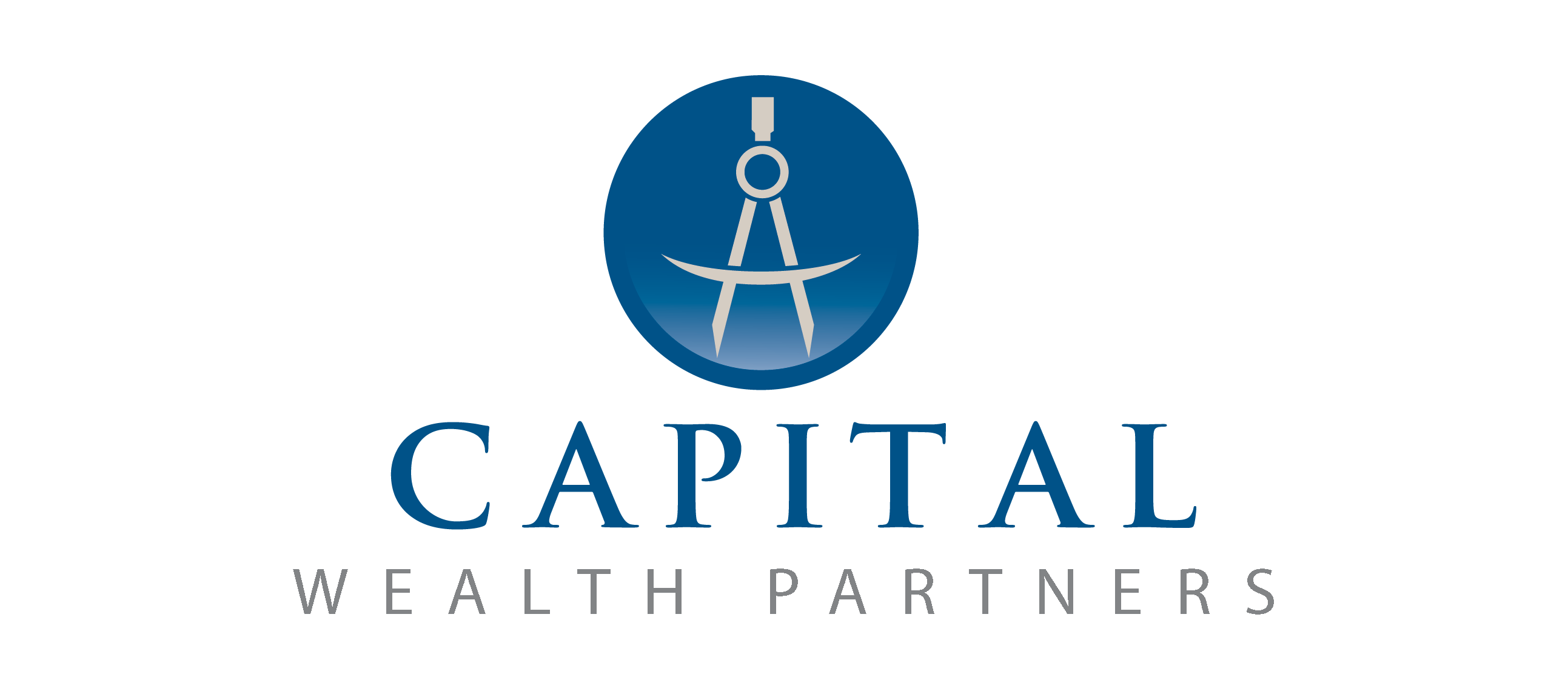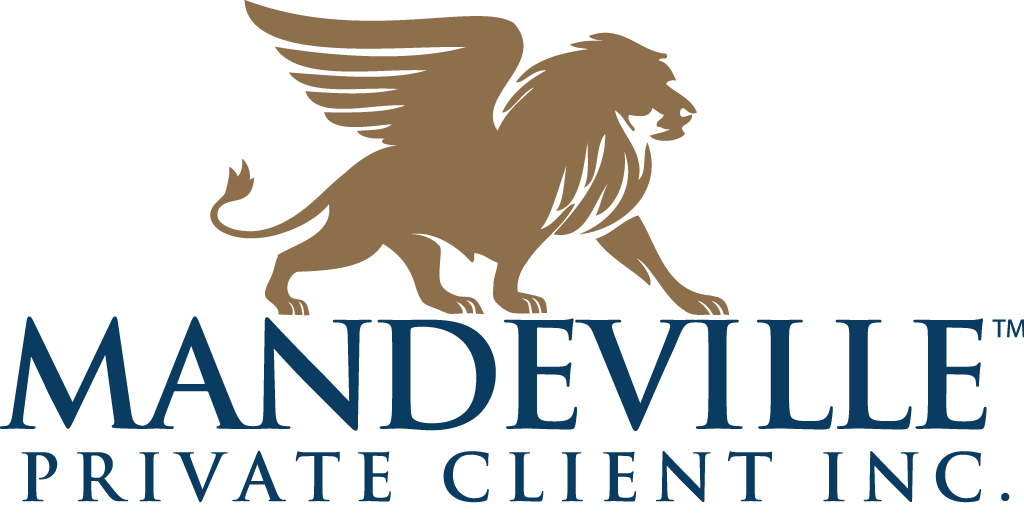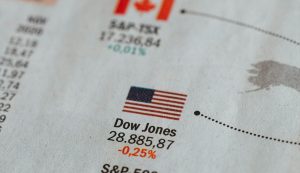Fundamental Analysis and Firm Value Maximization

When selecting an investment for a portfolio, the options available are vast, diverse, and seemingly endless. However, of all the available publicly traded companies on global equity indexes, narrowing down to a world class, value based, and diverse portfolio requires a strong discipline for screening out companies that do not fit your criteria. When examining equities, we prefer to use the strategy of fundamental analysis which examines potential candidates on the grounds of intrinsic value from a bottom-up approach. The primary goal of a firm is to maximize the value of the business and reflect this value maximization onto business owners. As such, one element of fundamental analysis concerns how well a firm achieves this goal, and we believe there are three broad categories that business operations fall under that help guide portfolio eligibility.
The first of which is the investment decisions of the firm. When undertaking business endeavours, the firm should examine the required hurdle rate and only invest in projects which have a positive net present value exceeding the hurdle rate. This rate is the required return based on the allocation of debt and equity used to fund the project, and the required return should also be a function of size and timing of cash flows and other monetary benefits to the firm that will be realized in the future.
The second category is the financing decision whereby a firm should seek out the optimal capital structure to fund projects and ongoing daily operations. Not only does the optimal capital structure feed into the investment decision we discussed earlier, but it also maximizes the current and terminal value of the firm. This is critical as it allows for continued growth and stability, but also benefits the equity price as it leaves as little room as possible for deadweight loss in valuations.
The third and final category of value maximization is the dividend decision. This decision is extremely important as it allows someone analyzing the firm to see how the business treats excess capital. If the firm is unable to find investments that exceed the hurdle rate, a decision must be made on how to best return capital to owners. The options on the table include:
(1) Sidelining cash for future projects that do meet the hurdle rate.
(2) Buying back equities if the firm believes the share price is undervalued.
(3) Distributing excess capital in the form of dividends.
When examining these categories, while they seem relatively simple and reasonable, there is a large portion of the equity market that disregards at least one of these fundamentals and any major flaws in the structure can be an indicator of future problems if the firm has not already acknowledged and outlined a plan to correct the course. As such, when conducting portfolio research, we seek out firms that actively work to meet the criteria in all three categories. In summary, when conducting a fundamental analysis, the steps in determining whether the firm is actively maximizing value is to ask whether they wisely invest funds in positive net present value projects, optimize their capital structure to properly finance activities, and finally how they treat excess capital (preserved, distributed, or squandered).
Fundamental analysis goes much deeper than this, but every successful portfolio requires a stable and disciplined framework, and the value maximization model is an excellent framework to utilize as it asks strict questions and works to deliver best in class equities to the portfolio when paired with deeper fundamental analysis.
Written by Adam Prittie, Investment Advisor






